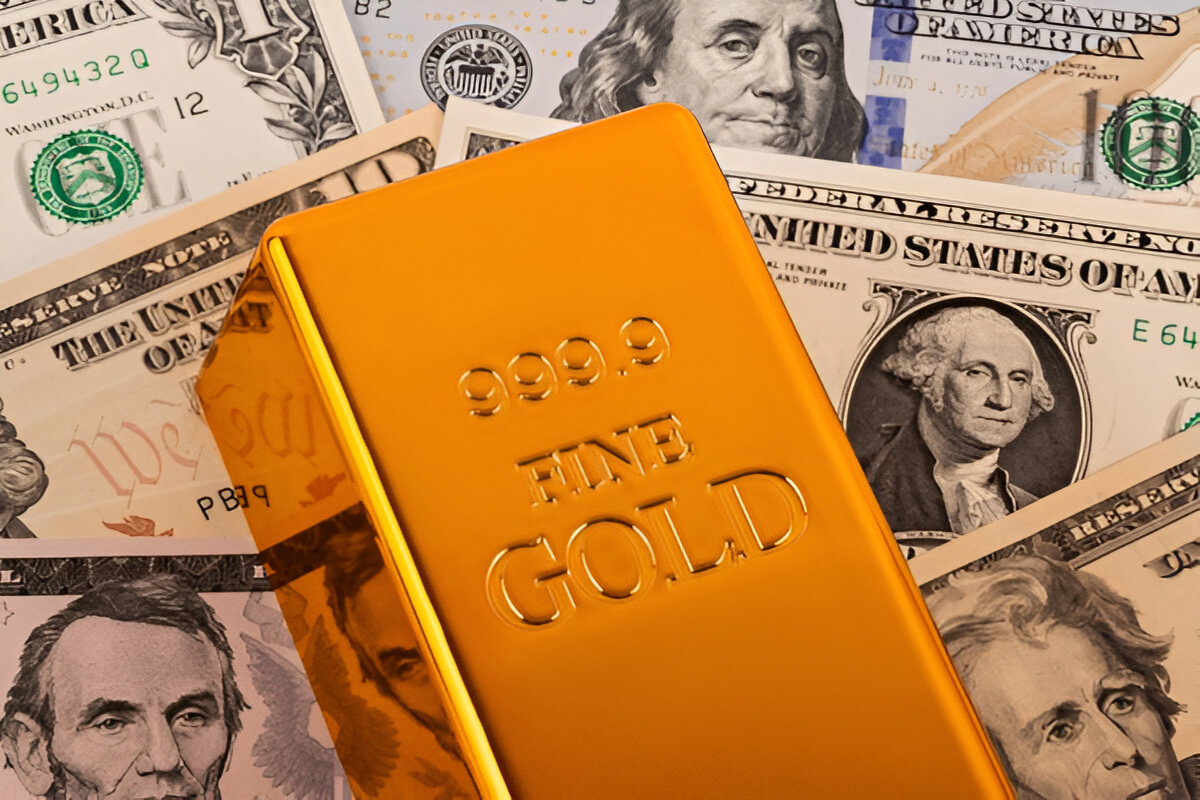Continuous U.S. Debt Boosts Gold Rush
Last week, the surge in the price of gold showcases more of a US citizen retreat step rather than a market reaction to global crises. Investors did this week not only as a result of trade war concerns but also due to the signs of a growing dissatisfaction of the public with economy, government, and the Federal Reserve’s policies.
According to projections in the current Congress, the federal debt might increase to $3.8 trillion in ten years, which prompts long-term currency value concerns to rise among citizens. Long-standing gold as the means to hedge the uncertain period, is now being the most famous secure harbor for the Americans who are suggesting doing it.
A Ramp In The Trade War Hasn’t Stopped The Fire Of Tensions
A new policy has been announced to control the possible market crisis situation. According to the policy, the administration is changing the 50% tax rate proposal on European goods and the new proposal would be effective from July. However, although the world’s trading market has a temporary calm due to this new policy, cautious investors show a continued distrust of market dynamics.
Mostly the delay is taken as a tactical maneuver thus a partial solution. Finding no food on the table but still thinking of that shiny gold, is a clear sign of its being popular irrespective of trading among countries. The positive reaction of its price is evidence that investors maintain a defensive stance, just in case.
Gold Marking Its Presence Above $3,300: A Safe Refuge Is Here Again
The gold price has gone below $3,300 per troy ounce; being picked up by the market, the metal has gone over the line. The current bullish market is responsible for raising it up to $3,320, mainly propelled by the looming signs of a new economic crisis and also by the bonds going weak in the market. The long-term Treasury auctions are witnessing lower demand and it is also an indication of the investor community losing faith on traditional safe assets, creating a search for safety in which the port of gold is seen as the main recipient.
With the diminishing belief in U.S. fiscal policy, an increasing number of Americans are trading their dollars for gold. Yet, this is not simply a speculative measure; it is a way for them to protect themselves against the depreciation of their money and inflation.
Fed’s Next Move Now Hinges On Data
Even though the Federal Reserve is waiting for clearer signs, the focus of the public is now the Core PCE report, due shortly. If any unforeseen leap in inflation comes about, this could accelerate the shift in monetary policy and at the same time bring about greater stock and forex market volatility. Gold’s status as a stable, inflation-impervious store of value is safe until the situation gets resolved.
This situation would be beneficial for retail buyers and would probably lead to a sustained bullish trend in the near future, especially if upcoming economic data confirms investor fears.
What It Means For the Average American
A surge in gold is sending a message to the common masses that the uncertainty in the economy, which was earlier only theoretical, has now become a reality, and, as a result, they change their spending patterns. Whether it’s the middle-class families that are playing safe through their retirement accounts or the rich who are moving their stocks, the escape to security has actually taken place.
The news that the U.S. is entering an economically troubled phase where the elements of political unpredictability, surging debt, and the failing trade diplomacy are becoming the highlights is turning gold back into the national financial sentiment indicator.












